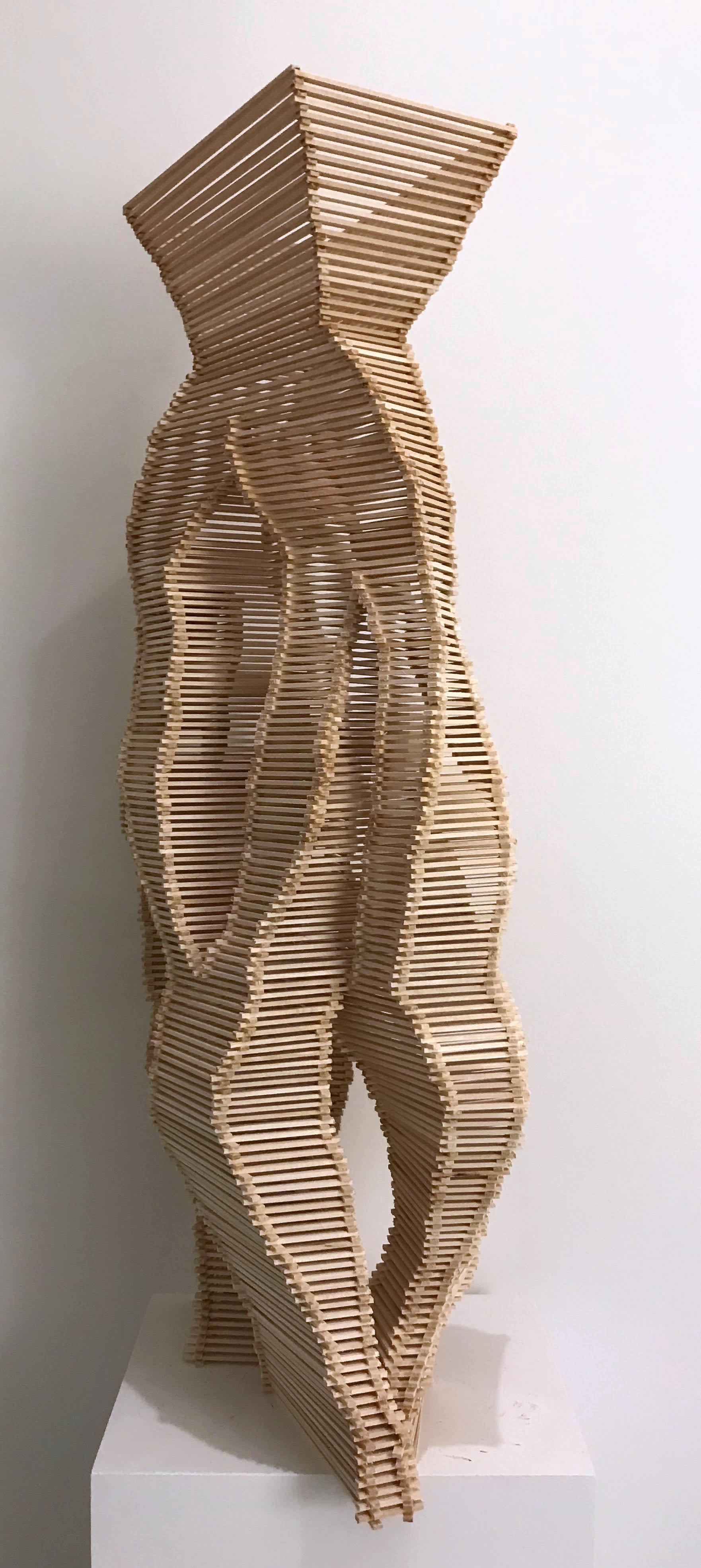
I recently had a colleague ask me to share my thoughts regarding “home.” He asked this question while I was pulling together some of my artwork for an exhibit that focused on the ancient narratives found in the book of Genesis.
As a result, it occurred to me that we are all looking for a way back to our first “home” — the Garden. The garden represents the promise of living in abundance and in harmony with our maker, ourselves, those around us, as well as the natural world. The text implies this is a visceral yet distant aspiration, quietly echoing in every human heart. Ever since our expulsion we have struggled with this unrealized yearning and finding meaning in our toil. As a result we have developed at least two standard responses.
One response is to build an Ark that will safeguard us from the storms of life. This response is grounded in the realization that we have limited influence over many of the circumstances and events that invade our lives. A modern day ark could take the form of a robust 401K, a private arsenal, a luxury doomsday bunker or perhaps a colony on Mars. Unfortunately, most of our vessels are unseaworthy. Another standard response is to build a Tower to the heavens. This approach is driven by unbridled human ambition, demands seizing control of our destiny, combatting those that stand in our way, resisting the forces of nature and creating spaces in which we become our own gods. Building a tower requires vast resources
and often the exploitation of natural resources and other human beings. Modern towers can take the form of a multi-national corporation, oppressive government, crime syndicate or powerful civic/religious organization. Unfortunately, these structures never reach heaven.
Many of us were exposed to diminished versions of these ancient stories as children and as adults never bothered to critically re-examine the text and its deeper meanings. For me the most intriguing qualities of these stories lurk between the lines. This is what I am exploring in the work above entitled reaping the whirlwind. This work is an abstract interpretation of the Tower of Babel — an attempt to speculate, explore and capture the struggle and human emotion not described in the text. I do this not by constructing an accurate visual narrative of the written story but rather through re-interpreting the structure itself. I am aware this body of work challenges current norms of contemporary art making. It seems today the art community is largely focused on the unique worlds that individual artists create for themselves and their work. I hope contemporary artists have not lost the desire, patience and courage to mine the rich insights embedded in these ancient texts.
